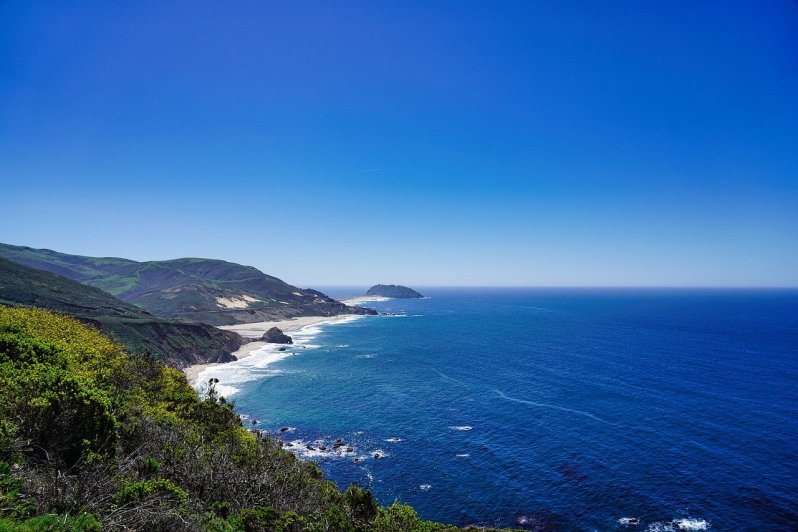
Nestled off the coast of Southern California, Channel Islands National Park is a hidden gem that offers an unparalleled glimpse into the natural beauty of the region. Often referred to as the “Galápagos Islands of North America,” this national park encompasses five islands: Anacapa, Santa Cruz, Santa Rosa, San Miguel, and Santa Barbara. Each island boasts unique ecosystems, endemic species, and a rich cultural history that makes it a must-visit destination for nature enthusiasts and adventurers alike.
Exploring the Galápagos of North America

Channel Islands National Park earns its nickname due to the remarkable similarities it shares with the famous Galápagos Islands. Both regions are isolated, leading to the evolution of unique species found nowhere else in the world. The Channel Islands are home to over 145 plant and animal species that are endemic, meaning they have evolved independently and are exclusive to these islands.
Anacapa Island
Known for its iconic lighthouse and stunning sea cliffs, Anacapa Island is the smallest of the Channel Islands but offers big adventures. The island’s Arch Rock is a popular photography spot, and its waters are teeming with marine life, making it perfect for snorkeling and diving.
Santa Cruz Island
The largest island in the park, Santa Cruz, offers diverse landscapes ranging from rugged mountains to pristine beaches. Visitors can explore the extensive network of hiking trails, visit the historic Scorpion Ranch, and kayak through the famous Painted Cave, one of the largest sea caves in the world.
Santa Rosa Island
A haven for hikers and campers, Santa Rosa Island features rolling hills, expansive beaches, and rare Torrey pines. The island is also home to the endemic island fox, a small, charismatic predator that visitors can spot while exploring.
San Miguel Island
Known for its challenging weather conditions and remote beauty, San Miguel Island is a paradise for adventurous souls. The island hosts thousands of seals and sea lions at Point Bennett and offers incredible opportunities for birdwatching and wildlife photography.
Santa Barbara Island
The smallest and most remote island, Santa Barbara Island, is a sanctuary for seabirds and marine life. Its rocky shores and kelp forests are ideal for snorkeling and diving, while the island’s trails provide breathtaking views of the Pacific Ocean.
Tips for visiting Channel Islands National Park

- Plan ahead: Make reservations for boat trips or flights well in advance, especially during peak seasons. Book your campsite early if you plan to stay overnight.
- Pack essentials: Since services in this area can be limited, bring enough food, water, and supplies. Essentials include sturdy hiking shoes, sun protection, and layered clothing for changing weather conditions.
- Stay safe: Stick to designated trails, respect wildlife by observing from a distance, and be aware of ocean conditions if engaging in water activities like kayaking or snorkeling.
- Leave No Trace: Practice Leave No Trace principles by packing out all trash and leaving natural and cultural features undisturbed.
Permits and Reservations
- No Day-Visit Permits: No permits are required for day visits to the islands.
- Camping Permits: Required for overnight stays and can be reserved through recreation.gov.
- Special Use Permits: Needed for events, commercial activities, or large group activities.
Channel Islands National Park offers an experience that is reminiscent of the Galápagos Islands, but right off the coast of California. Its diverse ecosystems, endemic species, and rich history provide endless opportunities for exploration and discovery. Whether you’re hiking rugged trails, diving in kelp forests, or camping under the stars, the Channel Islands promise an unforgettable adventure.



